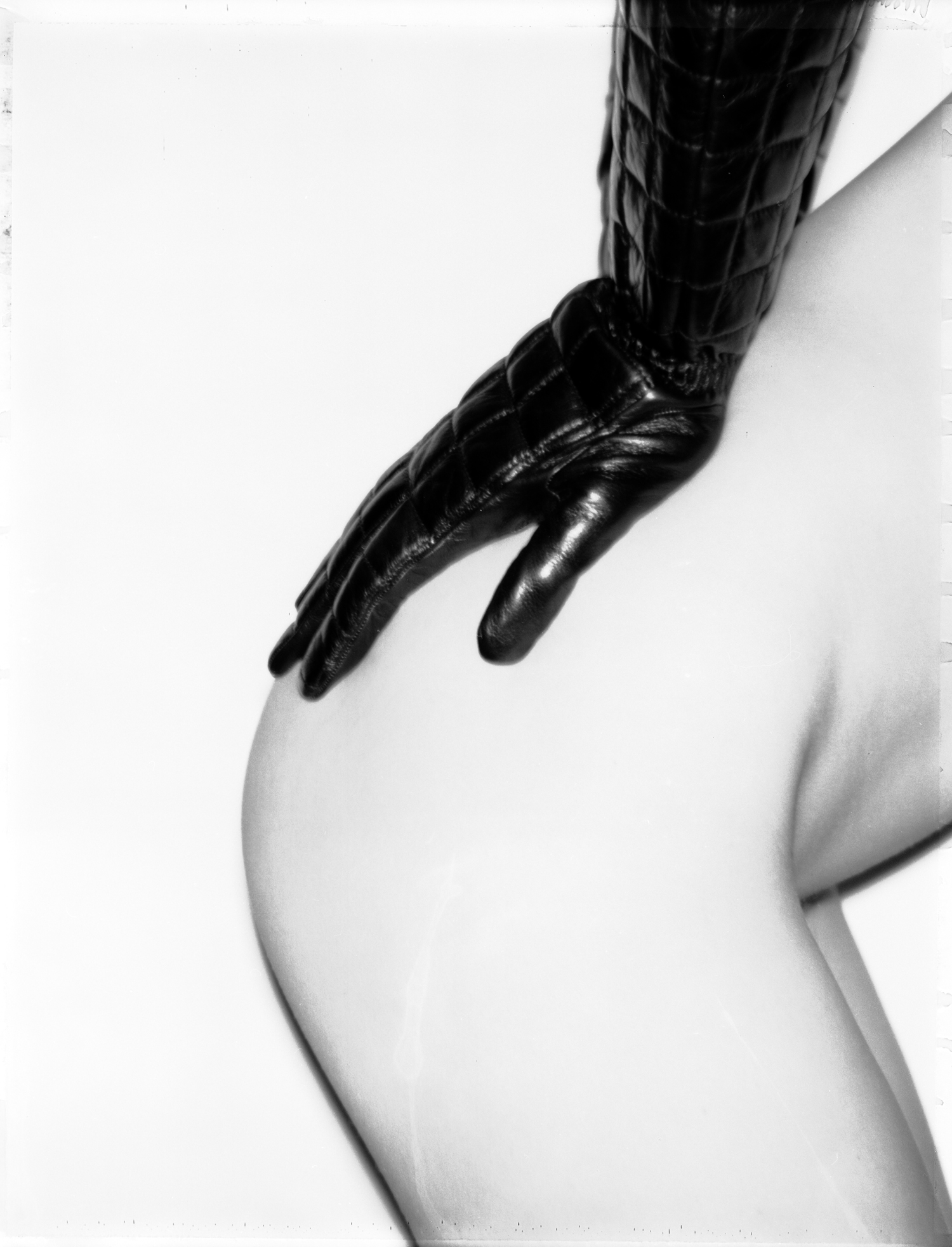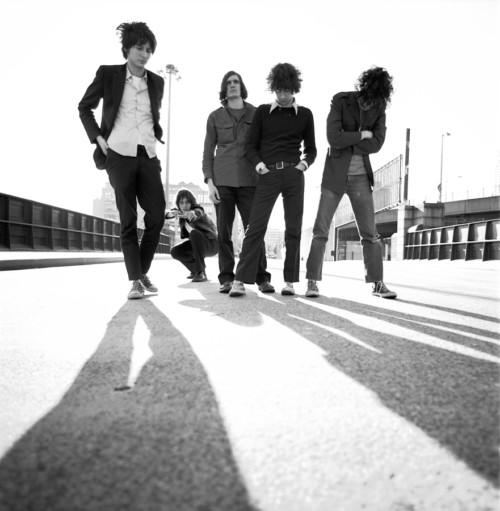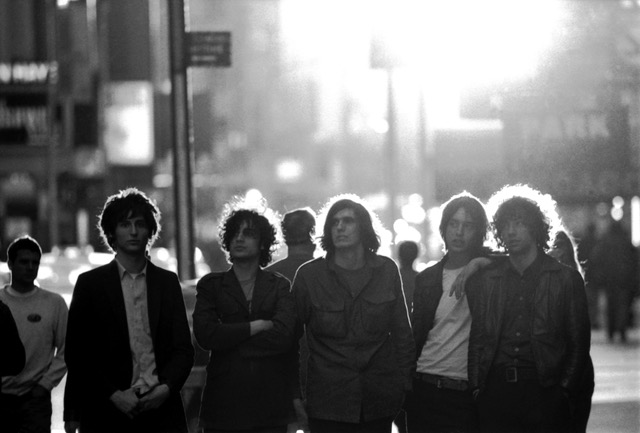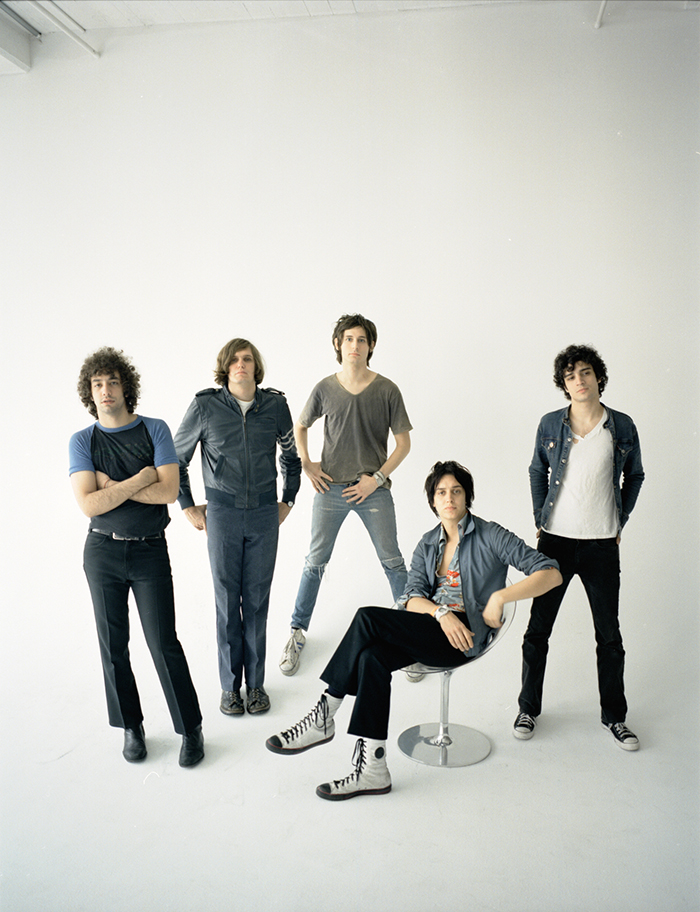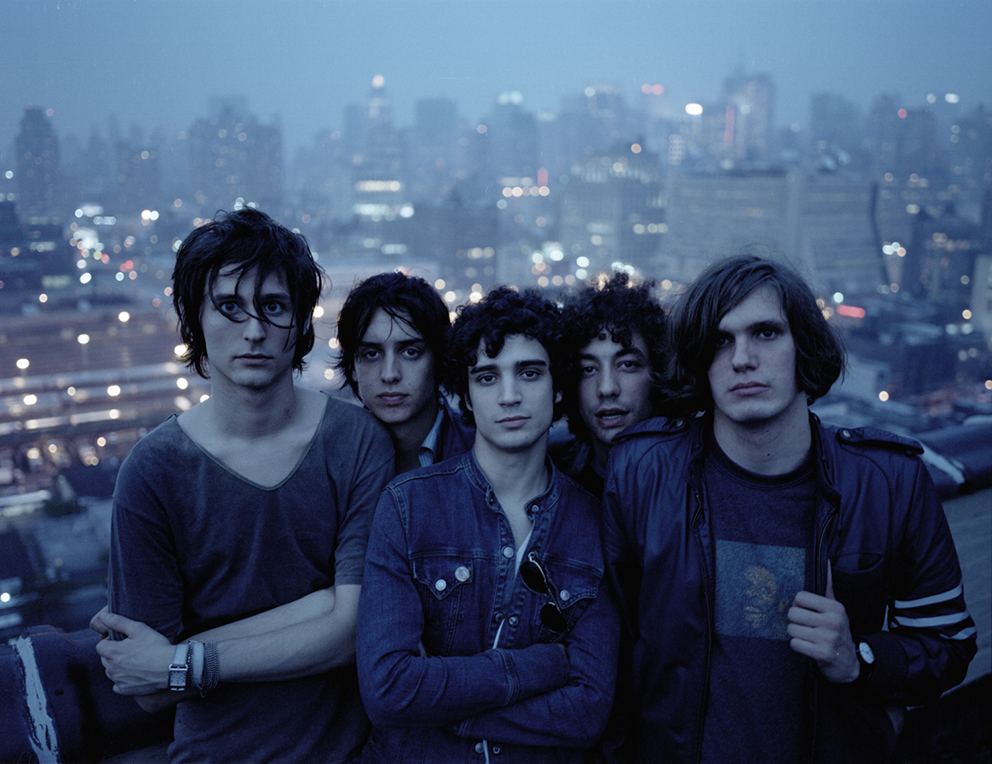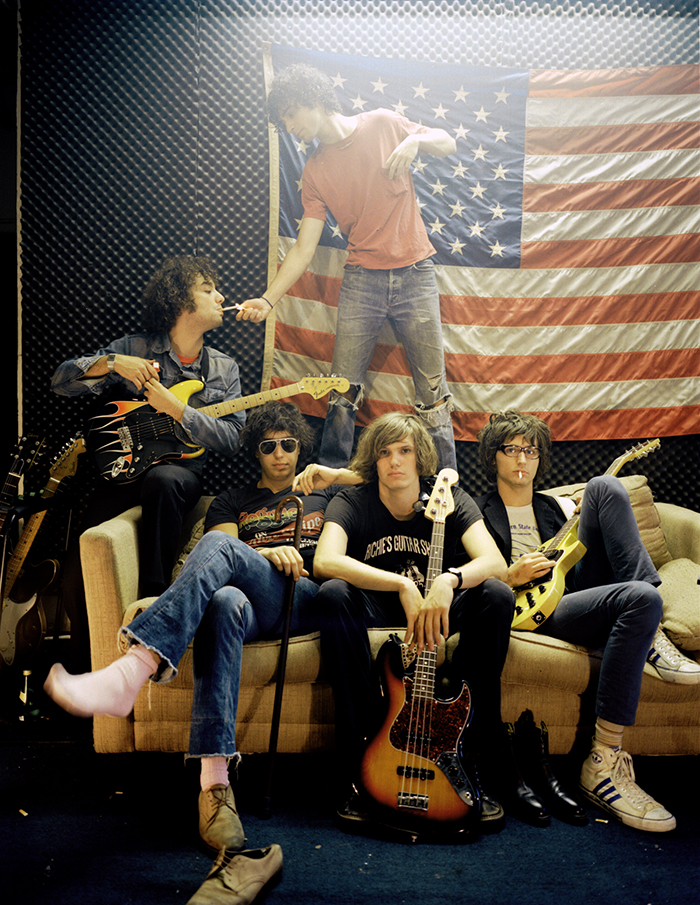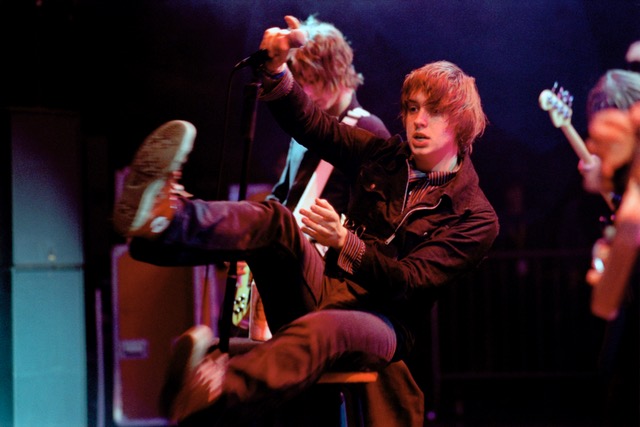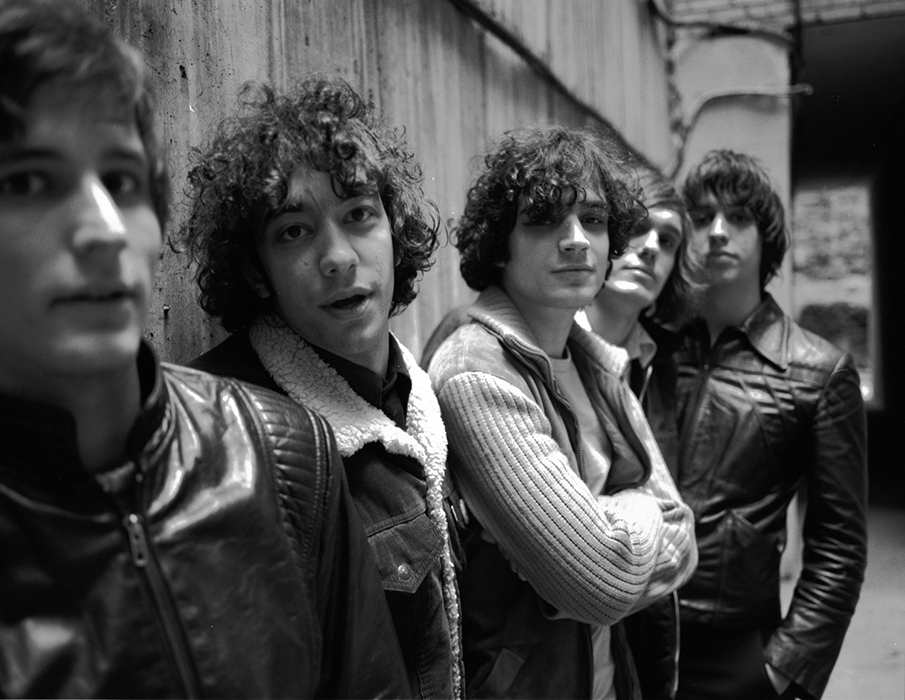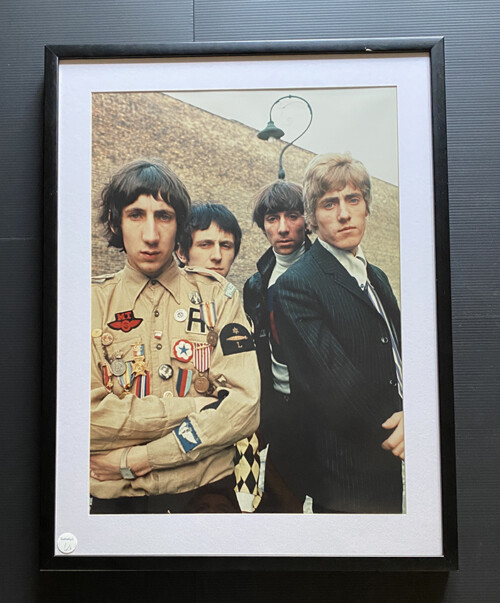-
David Corio recalls: "Billy Braggs musical career was just beginning to take off when I met up with him in west London. If possible I try and find a few suitable locations before I do a shoot which can put a subject at ease and also help to create good compositions. A demolition site seemed ideal for Billy Bragg at the time as he was heavily involved in political causes on the left wing trying to break down the stranglehold that Margaret Thatcher held over the country. His second album Brewing Up With Billy Bragg came out later in the year and continued on his anti-war themes and his discontent with the British tabloid press. He has remained politically active backing the 1984 miners strike and helping to form Red Wedge a musicians alliance to encourage young people to vote for the Labour Party. He has also promoted tactical voting particularly in Dorset where he now lives but surprisingly announced he was voting for the Liberal Democrats in 2010 and must have been unpleasantly surprised when they formed a political alliance with the Conservative Party to gain power."
-
David Corio recalls: "I always felt a bit sorry for Adam Ant. He had been around at the beginning of the punk movement collaborating briefly with Jordan and Malcolm McClaren but he never seemed to quite fit the right mould. His music was hugely popular for a time with 11 singles hitting the charts over a 5 year period. Adam & The Ants videos were flamboyant fun and got massive amounts of air-time as music videos were comparatively new and MTV was just starting up but the pantomime pirate imagery had become more important than the music. The use of two drummers for live performances gave the band a powerful set up using the Burundi-style drum beat and he was a captivating live performer but as his audience became younger other music seemed to be overtaking him. New wave and New Romantic music scenes were coming along and suddenly Adam & the Ants were old hat and out of fashion. This photo was taken when they were at the peak of their commercial success Stand & Deliver and Prince Charming were released at this time which would both reach number one in the UK charts but within a year the band had split up. More recently his career has had several ups and downs from having a successful autobiography published and acting in several films to being arrested on a number of occasions and having several prolonged stays in psychiatric wards. In 2009 he started perfoming live again with various line-ups and there are rumours that he has recently started to record again."
-
Important technical note The 665 Polaroid negative from which the photograph is made has some small inherent imperfections around the border areas and on parts of the image, and we wanted to give purchasers some information on this. Colin explains: “If you look at the thigh you'll see a light water stain which is on the negative permanently. This was shot on 665 Polaroid which was a B&W polaroid that yielded a positive and a negative when peeled. Back then I was “Mr. 665”. You would have to peel the excess paper from the negative and then put it in a tupperware filled with water to soak. The water would turn black as the coating on the neg dissolved, and then you would need to rinse it and hang it to dry. I would have 10-20 negs in the tupperware on top of each other, and the fragile nature of the film would almost guarantee some marks. I'm lucky there's not a big scratch on it! These inherent markings always occur with 665 polaroid negs. It's from the peeling process. I love imperfections and I understand some people might not like that but I think others won't mind. For me the imperfections just add to the street cred of the image.”
-
The back cover photograph from The Strokes' debut album, Is This It.
-
Out of stockThis actual print was the personal property of the late great John Entwistle. In May 2003, Sothebys in London auctioned 386 lots belonging to John Entwistle. The majority of lots consisted of guitars, but lot number one in the auction comprised John’s favourite photographs of The Who, which originally hung on the walls of his home. This portrait by Colin Jones of The Who was one of the photographs in that first lot. It has a removable Sotheby’s sticker on the glass in the front left corner, and a Sotheby’s ticket strung on the reverse. It is in its original wood frame—the one John Entwistle had when he owned it—which has a small scratch on the top section. It is priced in its original frame but could be reframed for an additional £200. There is no visible signature. The image measures 16.5 x 23 inches, and the frame measures 21.5 x 28 inches. British photographer Colin Jones (1936-2021) first photographed the Who in 1965, when this photograph was taken in Wapping Lane, in London’s Surrey Docks - “one of my haunts down in the East End docklands” as Colin recalled later. Colin’s poignant and evocative images of the British working class from the last of the dock workers to the final days of the miners and steel workers are rightly acclaimed. Bill Brandt was a major fan of Colin’s work, which has been shown in major exhibitions in London, Washington and beyond.



